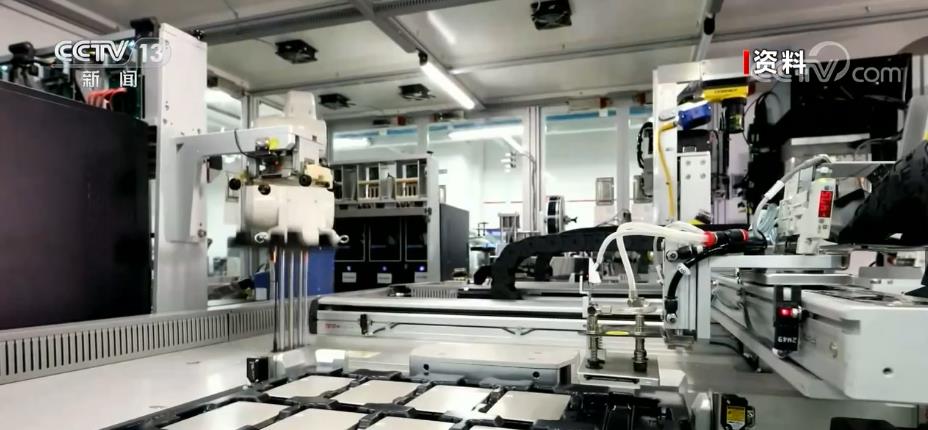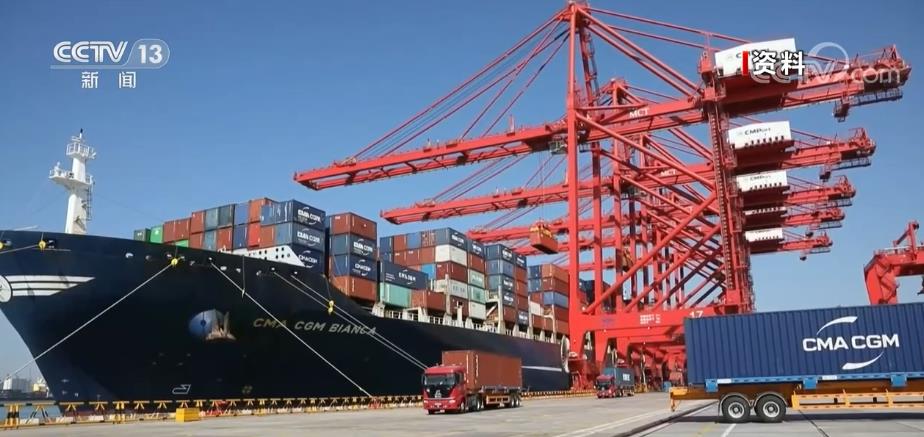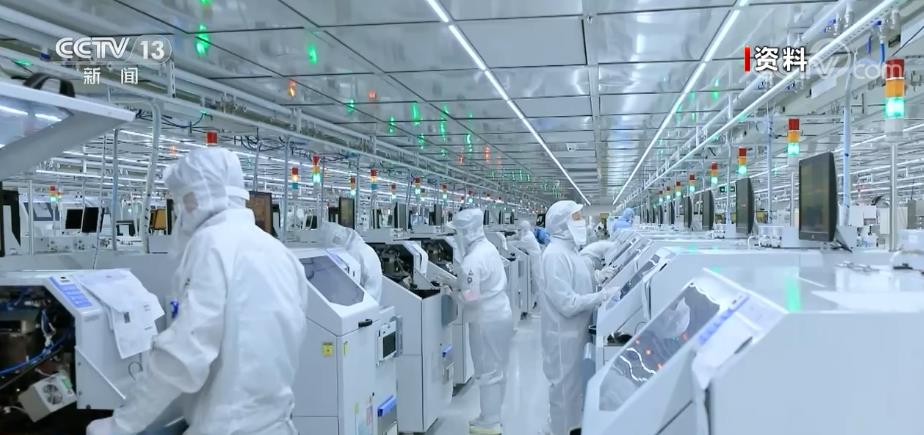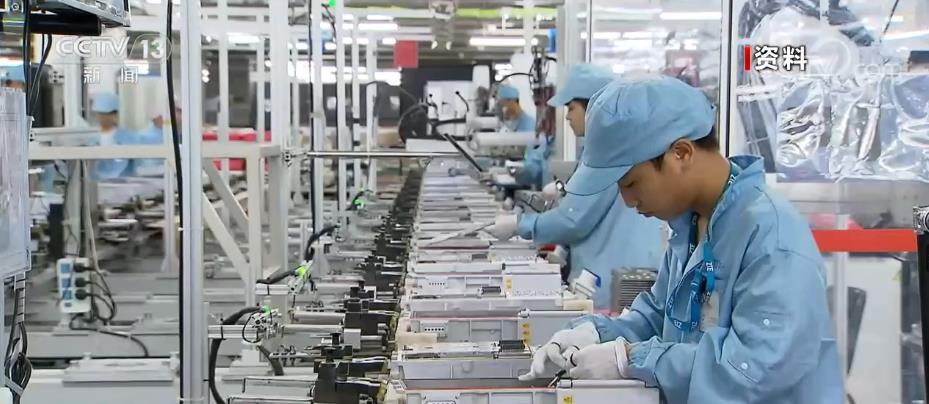Original title: Why is "nuclear smog" a rumor?
June 5th is World Environmental Protection Day. At the Beijing Green Communication Conference held a few days ago, the Beijing Municipal Environmental Protection Bureau released the "Top Ten Environmental Protection Rumors" for the first time, among which the second rumor was: "The smog persists because of nuclear pollution", also known as nuclear smog. The core point of an online article entitled "The Collapse of China’s Coal Industry and Nuclear Haze Disaster" is that some thermal power plants in northern China use coal containing radioactive uranium from Inner Mongolia, and uranium is discharged into the air in the form of dust with the coal burning, resulting in nuclear radiation pollution, which is related to the frequent smog phenomenon in North China in recent years. Under the guise of science, the article quotes a lot of false data and false facts, which makes the article very deceptive. For friends who don’t know the truth and lack scientific knowledge, it is easy to be deceived. (Why is "Nuclear Haze" in Focus Interview 20160605 a rumor?)
Cctv news(Focus Interview): Today is June 5th, which is World Environmental Protection Day. At the Beijing Green Communication Conference held a few days ago, the Beijing Municipal Environmental Protection Bureau released the "Top Ten Environmental Protection Rumors" for the first time, among which the second rumor was: "The smog persists because of nuclear pollution", also known as nuclear smog. So how did this statement of nuclear smog come from? We put the time back to last winter. After the winter, because of the continuous smog weather, many places in China started the red warning of heavy air pollution for the first time. Just as everyone is asking how the smog is produced, where it comes from and why it is difficult to eliminate it, an online article about "nuclear fog dyeing" has attracted attention.
First look at the title of this article: "China’s coal industry collapse and nuclear fog disaster." Nuclear, smog, pollution, disaster, every word is very "lethal". The Ministry of Environmental Protection also specifically clarified that there is no correlation between nuclear radiation and smog formation. So, what is this "nuclear fog dyeing" that has caused many speculations?
The core point of this online article entitled "China’s Coal Industry Collapse and Nuclear Haze Disaster" is that some thermal power plants in northern China use coal containing radioactive uranium from Inner Mongolia, and uranium is discharged into the air in the form of dust with coal combustion, which causes nuclear radiation pollution. In recent years, frequent smog phenomena in North China are related to this. At the same time, the article also puts forward in horror that this kind of nuclear radiation pollution will seriously affect the ecology, and the disaster far exceeds the Iraq war that year. As soon as this statement came out, it caused a lot of hot discussions on the Internet.
In response to the statement of "nuclear fog pollution", the Ministry of Environmental Protection gave an authoritative conclusion at the beginning of this year: the radioactive level of China’s atmospheric environment has been stable for more than ten years, and no particulate matter with high uranium content has been found. Nuclear radiation has nothing to do with the formation of smog. The conclusion is very clear. So, how did you get this result?
According to the Radiation Environmental Monitoring Technology Center of the Ministry of Environmental Protection, since 2006, according to the population density and geographical conditions, China has established 167 air level monitoring stations in various places. These monitoring stations are distributed in densely populated areas of large and medium-sized cities, and the density of distribution is close to the level of nuclear powers in the world. The news of these monitoring stations will be transmitted to the National Radiation Environmental Monitoring Data Center.
Relevant personnel of the Radiation Environmental Technology Monitoring Center of the Ministry of Environmental Protection stressed that since the saying of "nuclear fog dyeing" began in 2014, the monitoring of uranium content in the air has been particularly strengthened. Automatic monitoring and laboratory analysis show that the data is normal.
Ten years of automatic detection and laboratory analysis have not found any abnormality in the radioactive level in the air in China, which is the conclusion of the Ministry of Environmental Protection. The reporter specially went to two other scientific research institutions for interviews, one is the China Institute of Atomic Energy, which is called the "incubator" of China’s nuclear industry, and the other is lasg.
Liu Senlin, vice president of China Institute of Atomic Energy, said: "We began to monitor the uranium content in the air around 1958, and it has accumulated for almost 60 years. From the level of our laboratory, we can probably find 0.1 millibecquerel in the air. Uranium in every cubic meter of air can’t be measured most of the time, even if the measured value is very small, it has no impact on the human body." Wang Yuesi, a researcher in lasg, said: "There are 36 observation stations in all parts of the country, which have been observed since 2012. According to the extensive observation data in the country, uranium in atmospheric particles in our country is radioactive, including other radioactive elements. There is no abnormality and no change, so everyone can rest assured."
The data from the Radiation Environmental Monitoring Technology Center of the Ministry of Environmental Protection, China Institute of Atomic Energy and lasg all show that the atmospheric environmental radiation level in China has been stable for more than ten years, that is to say, the so-called "nuclear fog pollution" does not exist at all.
At the same time, I would also like to remind everyone that the monitoring results of radiation levels in the air are regularly published on the official website of the Ministry of Environmental Protection and the official WeChat meeting of the National Nuclear Safety Administration. You can check them from time to time if you are worried.
Go back and have a look at the ins and outs of this article. The source of the so-called "nuclear fog dyeing" mentioned in this article: coal with uranium from Ordos region of Inner Mongolia. If you want to say what uranium is, you may first think of the atomic bomb. Yes, highly enriched uranium can make nuclear weapons. Then, is there uranium in the coal in Ordos, Inner Mongolia? Is the coal there the so-called "uranium coal" that will cause nuclear pollution? Let’s listen to the authoritative experts.
Pan Ziqiang, an academician of China Academy of Engineering, said: "The content of coal and uranium in Inner Mongolia should be low in the whole country." Liu Senlin said: "We have measured more than 90% of the coal mines in Inner Mongolia. According to the average output, the content of coal in Inner Mongolia is 49.8 becquerels per kilogram, and the national value is about 61 points. Therefore, the uranium content in coal mines in Inner Mongolia is lower than that in the whole country. The coal in our country is equivalent to the global average, basically at the same level." Pan Ziqiang said: "Uranium has existed on the earth since ancient times. There is no place without uranium, but this amount is relatively small, so it will not have harmful effects on people."
There are three key points here: the coal in Inner Mongolia does contain uranium; The content is lower than the national level; The uranium content in coal in China is comparable to that in other countries.
It can be said that uranium is everywhere, in the soil and in the air. Like many substances in nature, it is harmless as long as it is small, so there is no need to talk about uranium discoloration.
Let’s take a look at the so-called uranium coal mentioned in this online article. It is said in the article that the coal mines and uranium mines near Erdos in Inner Mongolia are together, and the coal and uranium are mixed, and the purity of uranium is very high. When coal is burned, the uranium mine is burned. What is the fact?
Wang Yuesi said: "No country is willing to burn this uranium mine in vain. Uranium mine is so precious. If the content is so high, it is a welcome thing to collect it as nuclear fuel. Can it be wasted?" Liu Senlin said: "The current understanding is that the spatial relationship between uranium mines or coal mines in Inner Mongolia is probably like this: this layer is a uranium-bearing layer, and this layer is basically a coal seam. The thickness between these two areas is about 100 meters. This 100-meter geological layer is mainly underground water and geological minerals."
This is clear: coal mines and uranium mines are separated by almost 100 meters, and they are not mixed at all. At the same time, experts point out that uranium can only be called uranium mines when the average content of uranium reaches more than five ten thousandths, while China has always been a uranium-deficient country. Once uranium is discovered, its exploitation will be strictly restricted by the state, and it is impossible to waste such precious resources as uranium in vain.
However, experts also mentioned that trace uranium does exist in coal. So, with the burning of coal, where did uranium go? According to the article "Nuclear Fog Dyeing", hundreds of thousands of tons of radioactive uranium dust are released directly from chimneys every year, which are widely distributed in cities and villages. So, will uranium turn into dust and enter the air after burning?
Liu Senlin said: "Burning coal is a carbonization process. Since it is carbonized, the combustion temperature of our coal-fired boilers, including coal-fired power plants, is about 800 degrees, while the melting point of uranium is more than 1,400 degrees, and the boiling point is more than 2,000 degrees. During the combustion process, uranium is not burned, but is in the cinder. At present, the trend of uranium in coal is about such a proportion: 90% enters the cinder, and the remaining 10% enters the fly ash. The fly ash is filtered by the filter, and about 1% enters the filter system, enters the chimney environment through desulfurization, and enters the atmosphere. Uranium in coal entering the environment is basically negligible. "
After coal combustion, more than 90% of uranium goes to ash, 10% to fly ash, and after dust removal and filtration, only 1% finally goes to the atmosphere. Because the density of uranium is very high, 19 tons per cubic meter, the particulate matter of uranium will soon be deposited on the ground and will not be suspended in the air. Therefore, as long as the ash and fly ash are properly treated, even around the thermal power plant, there will generally be no large radiation.
In this article "Nuclear Fog Dyeing", the final goal is: the persistent smog shows that a large number of charged dust particles are floating in the air. It is radioactive uranium dust that provides power for charged particles, so even if the sun comes out and the temperature rises, it can’t be eliminated like fog. This view is also considered nonsense by experts.
Wang Yuesi said: "For example, I am from Beijing. When I was young, there must be coal at noon in the morning. Why? In the early days, it was water. By noon, the fog evaporated and disappeared. Now, the fog that started in the morning is mixed with a lot of particulate matter, that is, PM2.5 is still there. This day is still not blue, and this day has passed. Therefore, the smog is the reason for the duration, and the concentration of particulate matter in the atmosphere is too high. The floating time is too long, so in this case, the process of smog formation has nothing to do with us, mainly the discharged motor vehicles, coal-fired industries and ground dust. "
Seeing this, you finally understand that "nuclear fog dyeing" is a lie packaged with pseudo-scientific concepts, but why does such an article full of conceptual errors and logical confusion lead to the forwarding on the Internet? First, under the guise of science, the article quotes a lot of false data and facts, which makes the article very deceptive. For friends who don’t know the truth and lack scientific knowledge, it is easy to be deceived. Another, it takes advantage of the public’s attention to smog. In fact, among the top ten environmental rumors released this time, air pollution rumors accounted for six. Smog really annoys everyone, but even so, don’t believe rumors and rumors easily, let alone spread them, or believe in data and facts and science.














